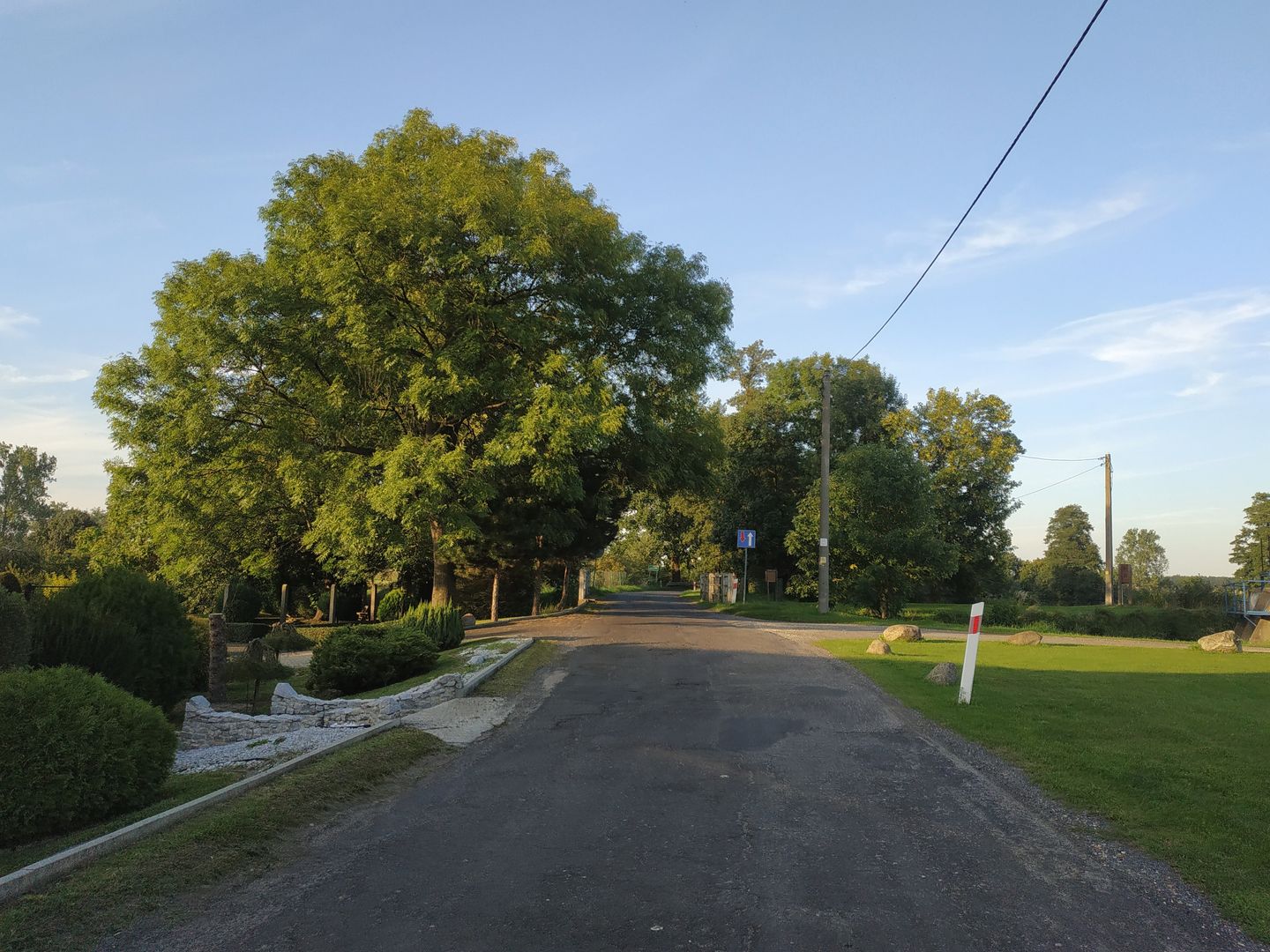Grabów
6.39

Overview
Grabów is a village located in the Opole Voivodeship, in the Strzelce County, forming a sołectwo (administrative rural subdivision) together with the hamlet of Grabówek. Established in the 13th century and first mentioned in a document from 1297, the village developed along the trade route from Kraków to Wrocław. The name "Grabów" likely derives from the hornbeam trees (grab in Polish) growing in the area or from a surname. Historical records indicate the presence of Bronze Age ceramic fragments, suggesting human activity in the region since ancient times. In the 18th century, Grabów and Grabówek had a combined population of 68. After World War I, the village became divided between Polish and German associations. The 1921 plebiscite saw an overwhelming majority of residents vote in favor of Poland, but the overall results favored Germany, leading to insurgent attacks. During World War II, the village suffered destruction, and after the war, it came under Polish administration. Grabów has no shops or workplaces, so residents rely on services in nearby Nakło. The village features a chapel dedicated to St. Matthew from the second half of the 19th century, which served both religious and social functions. A water mill once operated here but was destroyed in 1953; its remains are still used in modern hydrological projects. Midsummer Night, originally a Kupala celebration and now a Christian tradition, is one of the most important events in the village. Grabów is connected to the surrounding area by the Sucha River and the picturesque Opole Plain. Notable historical assets include a manor farm (folwark) and a 19th-century village seal, symbolizing Grabów's former significance. Despite the lack of commercial infrastructure, Grabów boasts a unique cultural and historical heritage, attracting not only locals but also tourists seeking authentic rural experiences.
Location
2025 Wizytor | All Rights Reserved